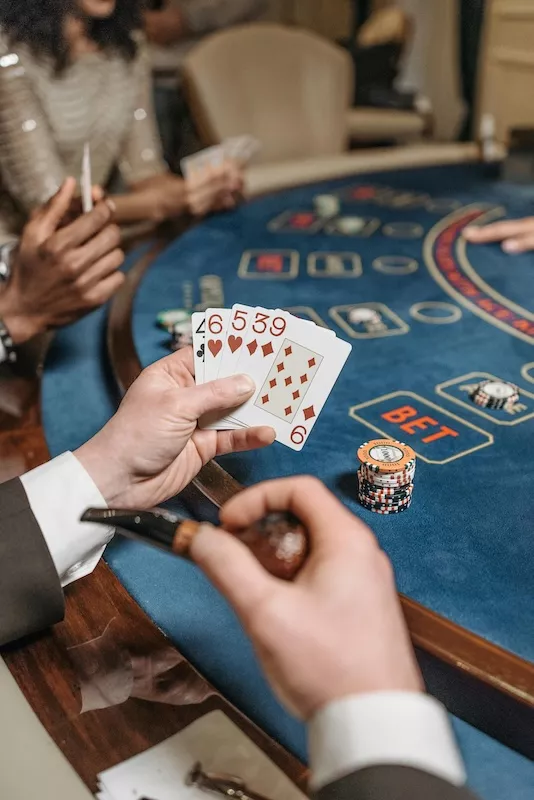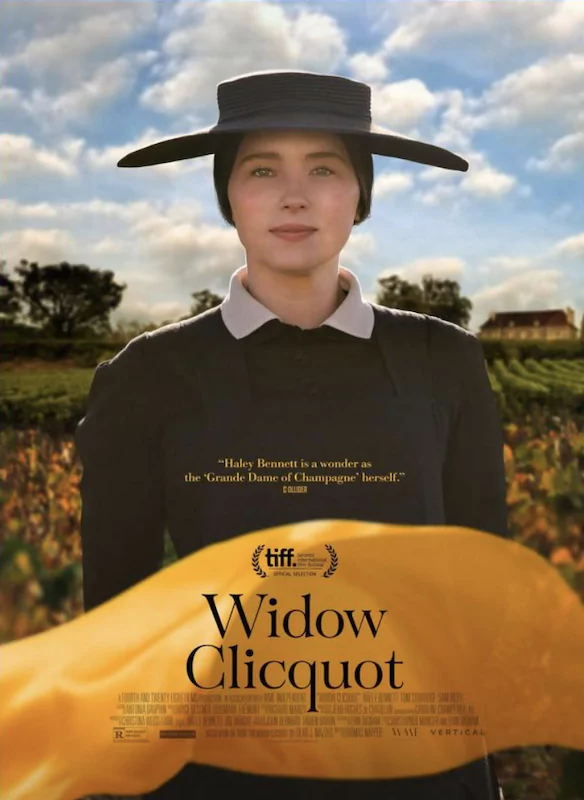
French Wine on Film: A Journey Through Vineyards, History, and Passion
Wine and cinema share a powerful connection. Both arts demand patience, vision, and an appreciation for the sensory experiences that define our humanity. In both worlds, time is a crucial ingredient—whether aging a fine Bordeaux or developing a compelling narrative arc. It's no surprise then that filmmakers have long been drawn to the world of wine, particularly French wine with its rich tapestry of history, tradition, and innovation.
French wine regions offer filmmakers the perfect backdrop for exploring universal themes: family legacy, the pursuit of excellence, the tension between tradition and progress, and humanity's complex relationship with the natural world. Whether through documentary or fiction, these films invite viewers to experience the passion and dedication of those who devote their lives to transforming grapes into expressions of time and place.
The cinema of wine goes beyond mere documentation of processes or beautiful landscapes—it explores the human stories behind each bottle. These films reveal how winemaking intertwines with culture, economics, and personal identity, particularly in France where wine is inseparable from national heritage.
There is something inherently cinematic about winemaking. The rolling vineyards bathed in golden light, the centuries-old cellars hiding treasures in oak barrels, the passionate vignerons whose lives revolve around the rhythms of nature—all of these elements create visual poetry that filmmakers cannot resist. France, with its unparalleled wine heritage, has inspired some of the most compelling wine-focused films and documentaries in recent years, each offering viewers a unique perspective on the intricate world of French viticulture.
Let's explore four remarkable productions that capture the essence of French wine culture, from the historic champagne houses of Reims to the family-owned domains of Burgundy and the prestigious châteaux of Bordeaux.
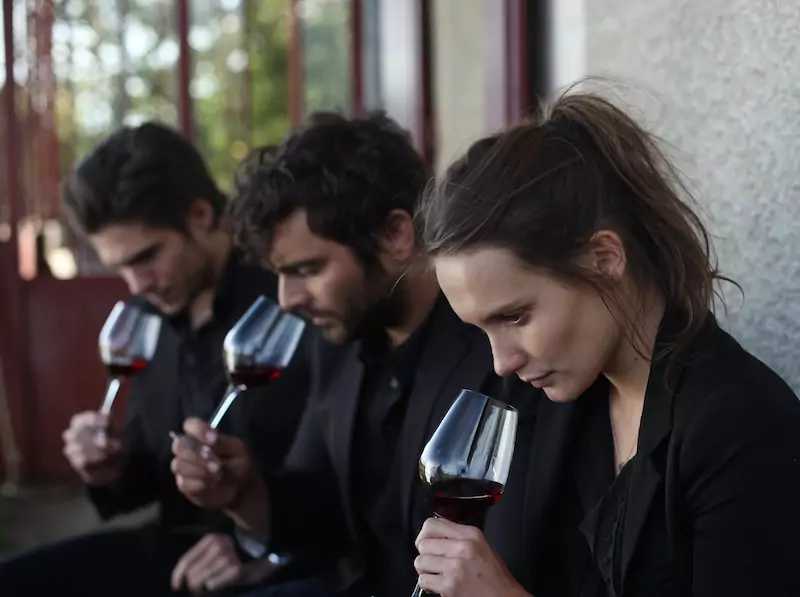
The Widow's Triumph: Widow Clicquot (2024)

The recently released Widow Clicquot brings to life one of the most fascinating chapters in French wine history—the story of Barbe-Nicole Ponsardin Clicquot, the visionary woman behind the iconic champagne house Veuve Clicquot. This period drama takes viewers back to early 19th century Reims, when the Napoleonic Wars were reshaping Europe and a young widow dared to take control of her late husband's struggling wine business.
What makes this film particularly compelling is its exploration of how Madame Clicquot revolutionized the champagne industry at a time when women were largely excluded from the business world. Widowed at just 27, she faced seemingly insurmountable obstacles—financial uncertainty, trade embargoes, and the deep-seated sexism of her era. Yet, through determination and innovative thinking, she transformed Veuve Clicquot into one of the world's most prestigious champagne houses.
The cinematography deserves special mention, with its stunning contrast between intimate domestic scenes and sweeping vistas of chalk-rich Champagne vineyards. The film's visual palette shifts subtly through the seasons, mirroring Madame Clicquot's journey from uncertainty to mastery. A particularly memorable sequence depicts her first successful expedition through naval blockades to introduce her champagne to the Russian aristocracy—a bold gamble that established the brand's international reputation and saved her business from bankruptcy.
The film meticulously recreates the traditional champagne-making processes of the era, from the hand-harvesting of grapes to the riddling technique that Madame Clicquot herself invented to clarify champagne—a method still used today. This attention to historical detail gives viewers a window into the technical innovations that shaped modern winemaking.
Beyond the business story, "Widow Clicquot" examines the personal sacrifices made by a woman who chose an unconventional path, dedicating herself to perfecting her craft and building a legacy that would endure for centuries. The film is as much about resilience and vision as it is about champagne, though the gorgeous sequences of bubbling golden liquid certainly add to its sensory appeal.
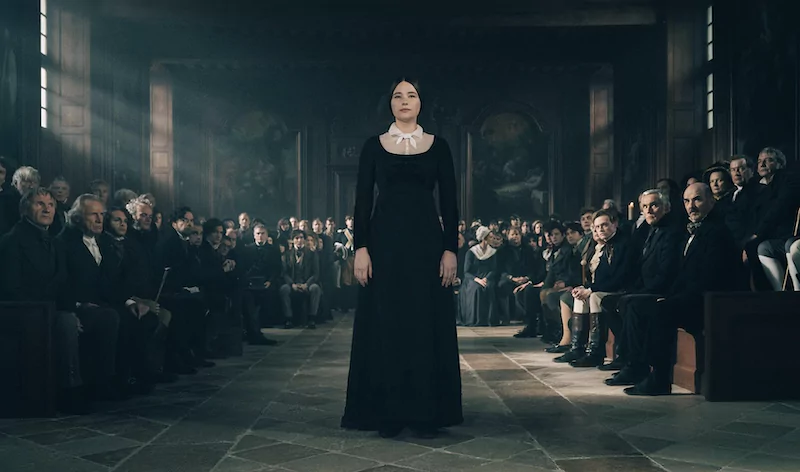
The director masterfully balances grand historical events with intimate human moments, showing how Madame Clicquot's personal grief transformed into creative determination. The supporting characters—particularly her cellar master Antoine and her skeptical father-in-law—provide emotional counterpoints that highlight her exceptional courage in challenging social conventions while pursuing excellence in her craft. The film's haunting score, featuring period-appropriate chamber music, enhances the emotional resonance of key moments in her entrepreneurial journey.
For anyone interested in entrepreneurial history, women's stories, or simply the magic of champagne, Widow Clicquot offers a rich viewing experience that celebrates one woman's outsized impact on French wine culture.
Family Roots Run Deep: Back to Burgundy (2017)
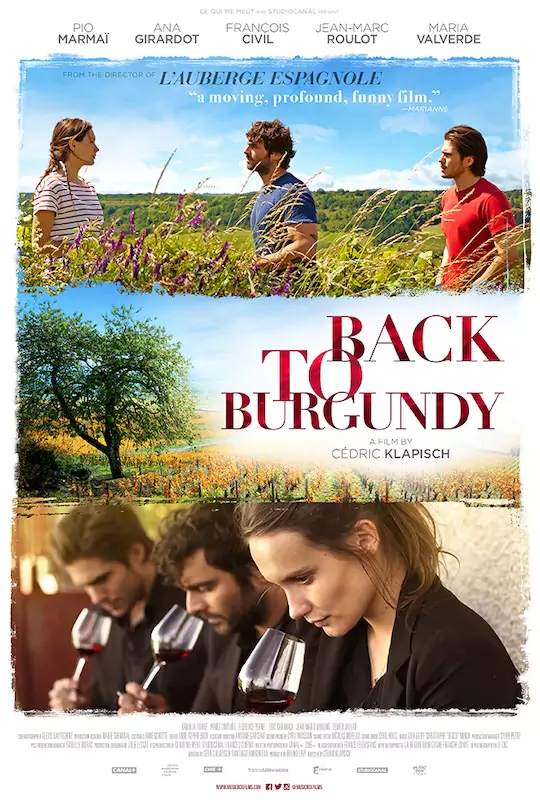
While Widow Clicquot embraces historical drama, Cédric Klapisch's Back to Burgundy (original French title: "Ce qui nous lie") takes a more intimate, contemporary approach to French wine culture. This fictional narrative follows three siblings who reunite at their family vineyard in Burgundy after their father falls ill. As they navigate the complexities of inheritance and the annual rhythm of winemaking, old tensions resurface and new bonds form.
What distinguishes Back to Burgundy is its authentic portrayal of the immense physical and emotional labor involved in maintaining a family vineyard. The film follows a full winemaking cycle, from the crucial decisions of when to harvest to the anxiety-inducing moments of tasting a new vintage. For viewers unfamiliar with viticulture, it serves as an accessible introduction to the seasonal demands of winemaking in one of France's most prestigious regions.
The performances by the three lead actors—Pio Marmaï, Ana Girardot, and François Civil—bring exceptional depth to the siblings' complex relationships. Their characters' divergent approaches to winemaking symbolize broader life philosophies: traditionalism versus innovation, emotional attachment versus pragmatic business sense, staying versus leaving. The naturalistic dialogue and nuanced performances create moments of both tender reconciliation and raw confrontation that will resonate with anyone from a complicated family.

Klapisch filmed over four seasons in actual Burgundy vineyards, capturing the region's distinctive landscapes and the changing light that plays across its hillsides. This documentary-like authenticity grounds the fictional story, allowing viewers to experience the beauty and challenges of Burgundian winemaking alongside the characters.
At its heart, Back to Burgundy explores themes universal to agricultural communities worldwide: the weight of tradition, the pull of the land, and the challenge of balancing family obligations with personal dreams. The siblings must decide whether to preserve their father's approach to winemaking or forge new paths—a dilemma faced by many inheritors of family wine estates in France.
The film expertly interweaves flashbacks to the siblings' childhood with present-day challenges, creating a rich tapestry of memory and emotion tied to the vineyard. These temporal shifts mirror the cyclical nature of winemaking itself—each vintage connected to those that came before, yet distinct in its own character. Particularly moving are scenes depicting the physical transformation of the landscape through seasons, set to an evocative soundtrack that enhances the sensory experience of changing weather and growing vines.
The film also subtly examines the economic pressures threatening small family vineyards in regions like Burgundy, where skyrocketing land values and inheritance taxes can make it nearly impossible for families to maintain their ancestral properties. This economic reality adds stakes to the siblings' emotional journey.
For anyone who has ever returned home after a long absence, Back to Burgundy will resonate beyond its wine-focused narrative, offering insights into how our relationships with place and family shape our identities.
Eastern Promise and Western Tradition: Red Obsession (2013)
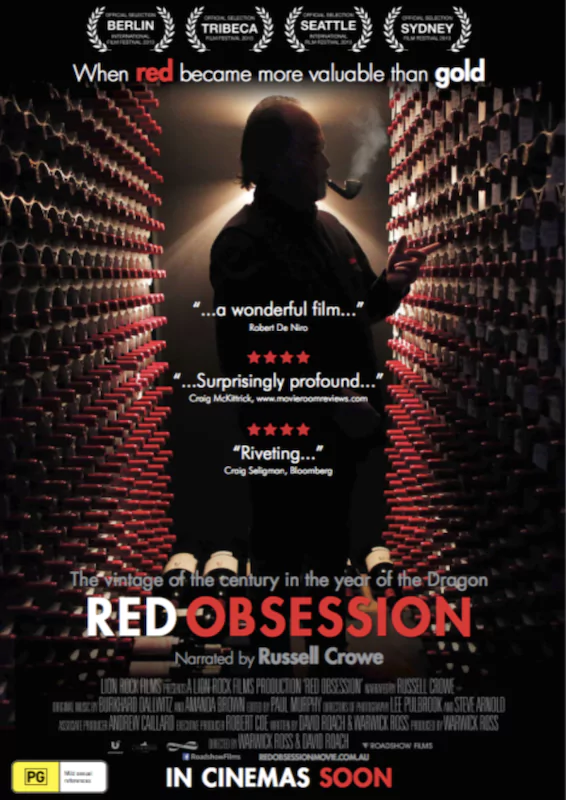
Moving from the intimate scale of family winemaking to the global economics of fine wine, the documentary Red Obsession examines how the legendary wines of Bordeaux became caught in the crosscurrents of international wealth and changing consumer demographics.
Narrated by Russell Crowe, this documentary captures a pivotal moment in wine history—the period following the spectacular 2009 and 2010 Bordeaux vintages when prices for premier crus reached unprecedented heights, driven largely by surging demand from China's newly wealthy elite.
The documentary's visual approach is as rich and layered as a complex Bordeaux blend. Sweeping aerial shots of immaculate vineyard rows contrast with intimate close-ups of winemakers' hands gently testing grape ripeness. The film's color palette shifts meaningfully between locations—the warm, golden-hued tradition of Bordeaux châteaux juxtaposed against the sleek, modern angles of Chinese architecture. This visual storytelling reinforces the documentary's exploration of how wine culture adapts as it crosses cultural boundaries.
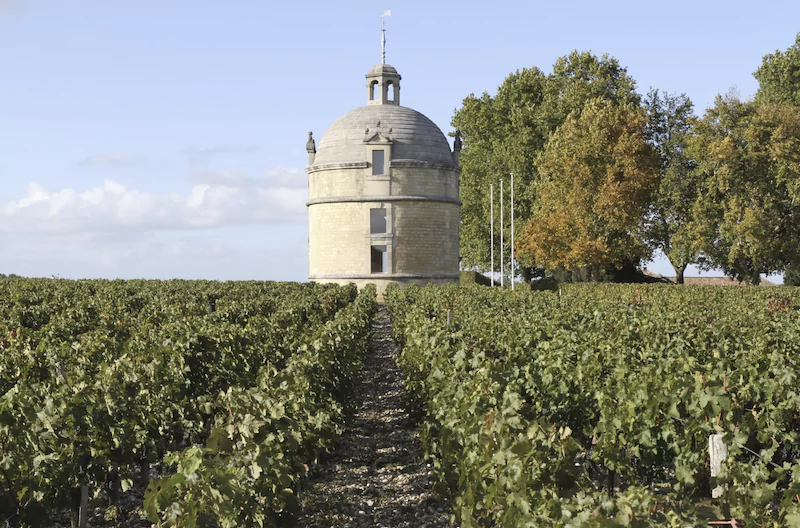
The documentary features interviews with prominent château owners, wine critics, and Chinese collectors, painting a complex picture of how globalization has transformed the market for fine Bordeaux. Viewers get unprecedented access to hallowed estates like Château Lafite Rothschild and Château Margaux, while also witnessing the emergence of Chinese wine culture and ambitious vineyard projects in China itself.
What makes Red Obsession particularly thought-provoking is its exploration of how Bordeaux's centuries-old traditions meet new market forces. The documentary raises questions about authenticity, value, and cultural heritage: Are the iconic wines of Bordeaux becoming luxury commodities detached from their origins as agricultural products? What happens to wine appreciation when investment value eclipses drinking pleasure?
Some of the documentary's most revealing moments come from interviews with Chinese entrepreneurs and collectors, whose perspectives challenge Western assumptions about "proper" wine appreciation. These segments avoid orientalist clichés, instead presenting thoughtful reflections on how wine's cultural significance transforms across borders. Particularly fascinating are discussions about the symbolic importance of red wine in Chinese culture and how this cultural resonance helped drive Bordeaux's astronomical price increases in Asian markets.
The film's breathtaking visuals contrast the manicured perfection of Bordeaux's historic châteaux with the rapid development of China's wine infrastructure. These juxtapositions invite viewers to consider how wine operates as both a cultural artifact and a status symbol across different societies.
For oenophiles concerned with the future of fine wine in an era of climate change and wealth inequality, Red Obsession provides valuable context for understanding how economic and cultural forces shape what we drink and how we value it.
The Soul of Burgundy: Burgundy: People with a Passion for Wine (2016)
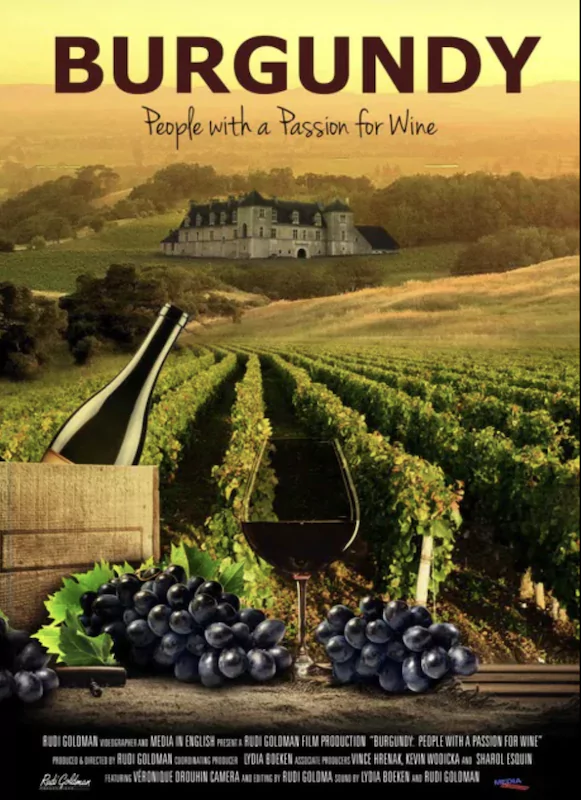
Rounding out our exploration is Burgundy: People with a Passion for Wine, a documentary that delves deep into the terroir and traditions of what many consider France's most complex wine region.
While Red Obsession examines the luxury and investment aspects of fine wine, this documentary celebrates the philosophical and almost spiritual relationship many Burgundian winemakers have with their land. Through intimate portraits of vignerons from small family estates to larger domaines, the film captures the essence of what makes Burgundy unique.
The documentary's cinematography excels in capturing the nuanced beauty of Burgundy's varied landscapes. From the gentle slopes of the Côte de Beaune to the more dramatic terrain of the Côte de Nuits, each shot frames the vineyards as characters in their own right. Particularly striking are the close-up sequences of soil samples, reinforcing Burgundy’s focus on microterroir.
The documentary excels at explaining Burgundy's intricate classification system and its concept of terroir—the idea that each small plot imparts distinctive characteristics to the wine it produces. Viewers gain insight into why wines from vineyards just meters apart can differ so greatly.
What distinguishes Burgundy: People with a Passion for Wine is its focus on the human element of winemaking. The featured vignerons speak eloquently about their connection to the land, their cellar philosophies, and the challenges of preserving tradition in a changing climate.
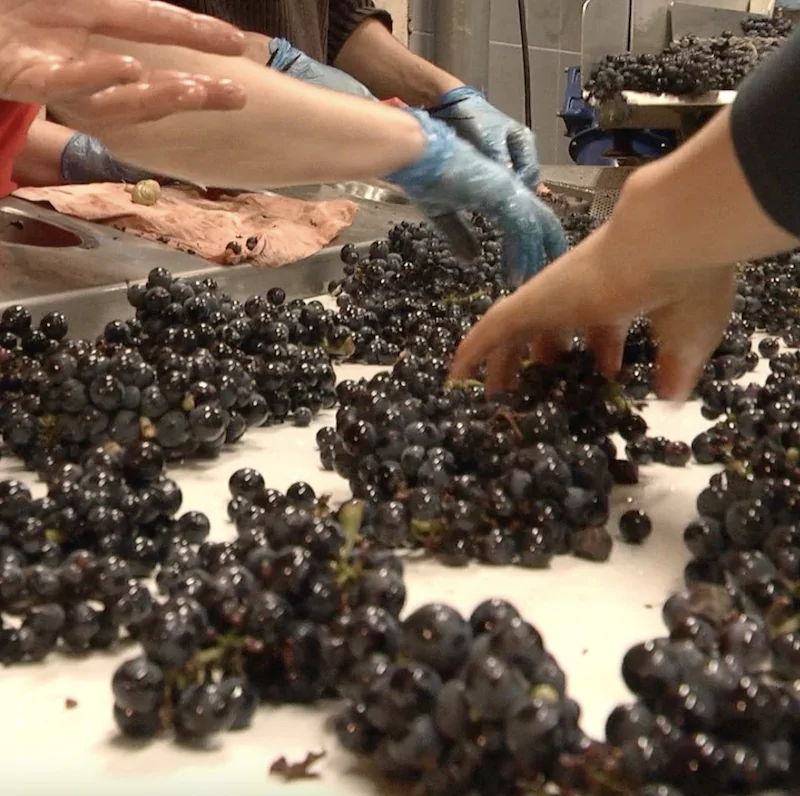
The film's audio design deserves special mention, particularly its attention to the ambient sounds of winemaking—the quiet drip of wine moving through barrels during racking, the delicate clink of glass during tastings, the rhythmic snip of secateurs during pruning. These sonic details create an immersive experience that complements the visual storytelling.
Scenes depicting the intense manual labor of harvest are especially powerful, conveying both the physical demands and communal joy of this critical annual ritual that brings together family members across generations.
The documentary also addresses the economic pressures facing Burgundy's small producers as land prices soar and foreign investment increases. These tensions between tradition and market forces echo themes explored in Red Obsession, but with a more intimate focus on family continuity and regional identity.
For wine lovers seeking to understand the soul of Burgundy beyond technical tasting notes, this documentary offers valuable context about the people and philosophies behind some of the world's most sought-after wines.
Why Wine Films Matter
These four productions—spanning historical drama, family narrative, and documentary analysis—offer complementary perspectives on French wine culture. Together, they illuminate how winemaking in France exists at the intersection of agriculture, art, commerce, and cultural heritage.
Wine films and documentaries serve an important function beyond entertainment. They preserve traditional knowledge, document changing practices, and make the often exclusive world of fine wine more accessible to curious viewers.
For those unable to visit France's wine regions in person, these visual stories offer the next best experience—a chance to see the faces behind favorite bottles, understand the landscapes that shape distinctive flavors, and appreciate the human stories behind each vintage.
Whether you're a seasoned oenophile or simply curious about the cultural significance of wine in France, these films provide valuable context for your next glass of champagne, Burgundy, or Bordeaux. They remind us that wine is never just a beverage—it's a living connection to place, history, and human creativity.
As you watch these compelling stories unfold on screen, perhaps with a glass of French wine in hand, you'll gain a deeper appreciation for the dedication, knowledge, and passion that flow into every bottle from France's storied wine regions.



